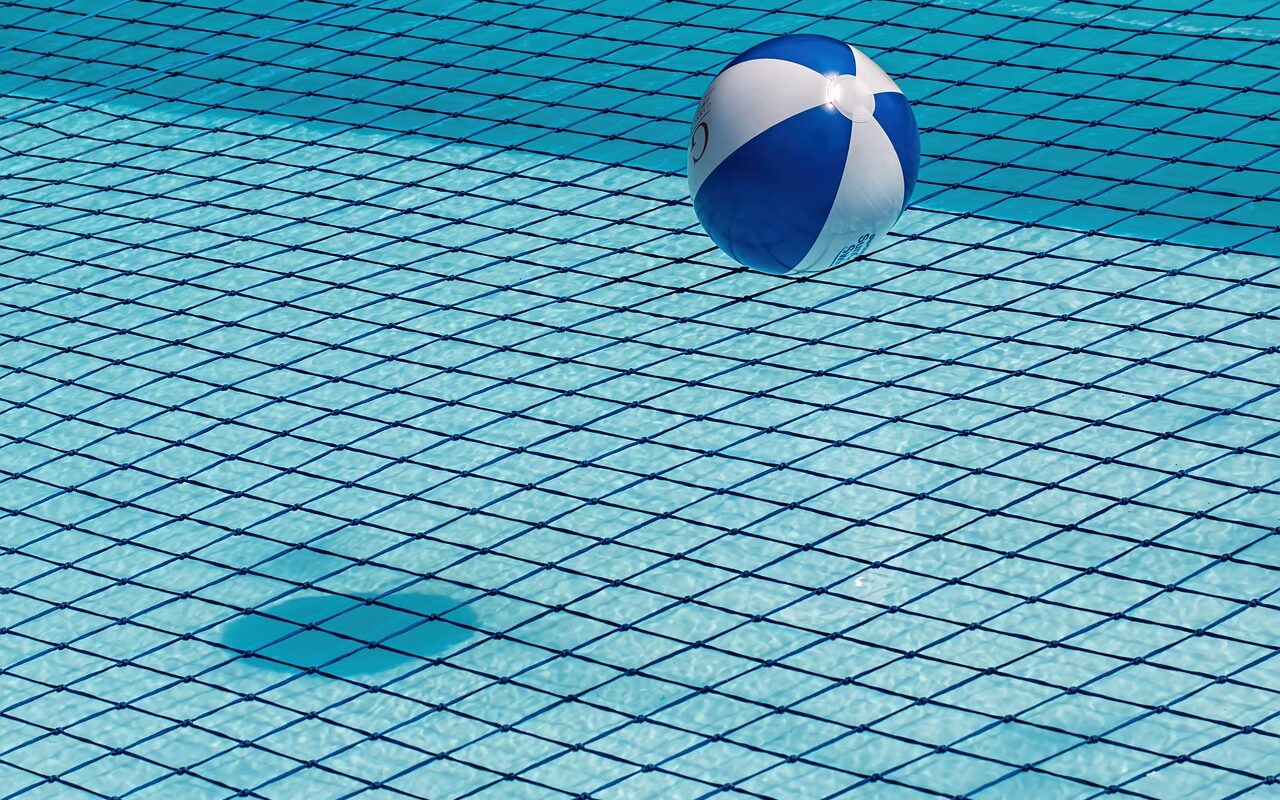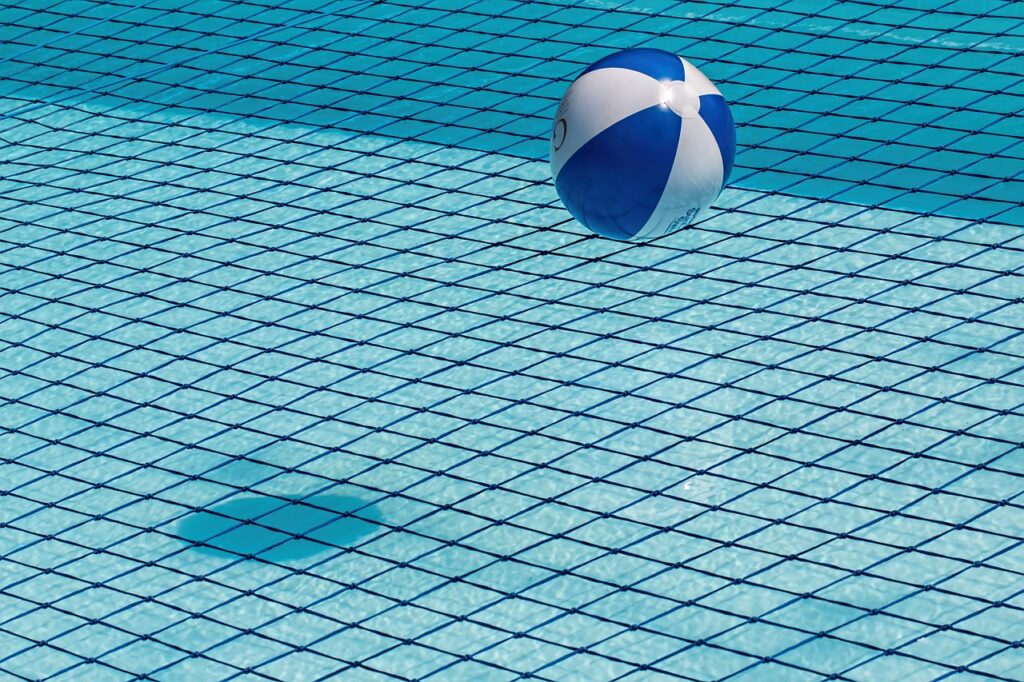Your cart is currently empty!

What Should I Know About Beach Water Safety?
Heading to the beach for some fun in the sun and a refreshing dip in the water? Before you grab your swimsuit and towel, it’s important to brush up on some beach water safety tips that could potentially save your life. From rip currents to jellyfish stings, being aware of the potential dangers and knowing how to stay safe can ensure a worry-free day at the beach. In this article, we’ll discuss some key things you should know about beach water safety, helping you make the most of your beach outing while keeping yourself and your loved ones safe. So, let’s dive in!

Water Conditions
When heading to the beach, it is crucial to be aware of the water conditions to ensure your safety in the ocean. Understanding rip currents, undertow, wave height, and water temperature can help you make informed decisions about when and where to swim.
Rip Currents
Rip currents are powerful and narrow channels of water that flow away from the shore. They can occur at any beach with breaking waves and are the most significant hazard to swimmers. It is important to remember that rip currents do not pull you underwater; they pull you away from the shore. If caught in a rip current, it is crucial to remain calm and swim parallel to the shore until you are out of the current, then swim back to the beach.
Undertow
While often confused with rip currents, undertows are not as strong and can generally be avoided by not swimming too far out. Undertows are often felt as a strong pull toward the open ocean. If you find yourself caught in an undertow, try not to panic and swim parallel to the shore until you escape its grasp.
Wave Height
The height of the waves can greatly impact the safety of swimming in the ocean. Large waves can be powerful and challenging to navigate, especially for weaker swimmers. Pay attention to local wave height advisories and the advice of lifeguards before entering the water. It is always better to err on the side of caution and avoid swimming in rough conditions.
Water Temperature
Water temperature can vary significantly depending on the location and time of year. Cold water can quickly sap your energy and lead to muscle cramps, increasing the risk of drowning. On the other hand, extremely warm water may indicate higher levels of bacteria or harmful algae blooms. It is essential to be mindful of the water temperature and dress accordingly to avoid any potential health issues.
Signs and Warnings
To help ensure your safety at the beach, it is crucial to be aware of the signs and warnings provided by local authorities and lifeguards. Paying attention to beach flags, lifeguard instructions, and warning signs can help you make informed decisions about when and where to swim.
Beach Flags
Beach flags serve as visual indicators of water conditions and potential hazards. These flags often come in different colors and designs, representing various meanings. While the exact flag system may vary by location, a common color scheme is green for low hazard, yellow for moderate hazard, red for high hazard, and black or orange for closed or extremely dangerous conditions. Familiarize yourself with the flag system in your area to ensure you understand the current water conditions before taking a dip.
Lifeguard Instructions
Lifeguards play a vital role in protecting beachgoers and providing crucial information about water conditions. They are trained to monitor and assess potential hazards in real-time. Always follow their instructions and pay attention to any whistle blasts or hand signals. If in doubt or if you have any questions, approach the lifeguard and ask for advice or clarification.
Warning Signs
Warning signs are often posted at entrances to beaches or in areas where specific hazards may exist. These signs may alert you to potential dangers such as strong currents, steep drop-offs, sharp rocks, or marine wildlife sightings. Take the time to read and understand these signs as they provide valuable information to help keep you safe throughout your beach activities.
Swimming Skills
Having basic swimming abilities and being comfortable in the water are crucial when it comes to beach water safety. Knowing how to float, tread water, and navigate through different swimming techniques can significantly reduce the risks associated with ocean swimming.
Basic Swimming Abilities
Before venturing into the ocean, it is essential to have a basic level of swimming competency. Being able to swim comfortably for a reasonable distance and in varying conditions, such as waves or currents, enables you to navigate potential hazards. If you are not a strong swimmer, consider taking swimming lessons or practicing in a controlled environment before taking on the ocean’s challenges.
Floating Techniques
In the event of fatigue, cramps, or panic, knowing how to float can be a lifesaver. Practice different floating techniques, such as lying on your back and spreading your arms and legs to provide buoyancy. Take slow, deep breaths to remain calm and float until you regain your strength or help arrives.
Treading Water
Treading water is a valuable skill that allows you to stay afloat while conserving energy. Master the ability to move your arms and legs in a coordinated manner to stay buoyant without getting exhausted. This skill can provide a valuable lifeline if you find yourself in a situation where you need to wait for assistance or navigate around hazards.
Beach Environment
Understanding the beach environment, including tides and currents, shallow areas, deeper waters, and the seabed, can enhance your beach water safety knowledge and help you make informed choices while enjoying the ocean.
Tides and Currents
Tides and currents play a significant role in water conditions and can impact your safety in the ocean. Familiarize yourself with the tide schedule in your area, as different activities may be more suitable at certain tide levels. Additionally, educate yourself about any prevalent currents, such as rip currents or undertows, to avoid potentially hazardous areas.
Shallow Areas
Shallow areas near the shore provide a safer environment for swimming, especially for beginners or weaker swimmers. These areas often have a gradual slope and are less affected by potentially dangerous currents. However, always be cautious and mindful of sudden drop-offs or submerged hazards when venturing further from the shore.
Deeper Waters
As you venture further from the shoreline, the water depth increases, which can introduce additional challenges. Deeper waters may have stronger currents or larger waves, making them more suitable for experienced swimmers. If you are a beginner or unfamiliar with the area, it is advisable to stay within the designated swimming areas and heed the advice of lifeguards.
Seabed
The seabed can vary significantly from one beach to another, ranging from sandy bottoms to rocky or uneven terrain. It is important to be aware of the seabed conditions, as this can affect your ability to stand or navigate safely. Avoid diving into unknown water or areas with a rocky seabed, as this can lead to serious injuries. Take the time to observe the area if you plan on swimming in different depths to ensure your safety.

Sun Protection
While the beach offers a wonderful opportunity to soak up the sun, it is crucial to prioritize sun protection to prevent sunburn and other skin-related issues. Shielding yourself from harmful ultraviolet (UV) rays and seeking shade are essential aspects of beach water safety.
Sunscreen Application
Before heading to the beach, make a habit of applying a broad-spectrum sunscreen with a high sun protection factor (SPF). Apply sunscreen generously all over your exposed skin, including hard-to-reach areas like your back and the tops of your feet. Remember to reapply sunscreen every two hours or more frequently if you are sweating or swimming. Don’t forget to protect your lips with a lip balm that contains SPF as well.
UV Index
The UV Index is a scale that measures the intensity of UV radiation produced by the sun. Check the local UV Index forecast before spending time at the beach to understand the potential risks and plan your activities accordingly. Higher UV Index values indicate a greater risk of sunburn and skin damage. If the UV Index is particularly high, consider limiting sun exposure during peak hours and seek shade whenever possible.
Seeking Shade
While the beach offers a vast expanse of open space, finding shade is crucial to protect your skin from direct sunlight. Use umbrellas, beach tents, or natural shaded areas like trees to create a safe haven from the sun’s rays. Taking regular breaks in the shade not only prevents sunburn but also helps regulate your body temperature and prevent dehydration.
Hats and Sunglasses
In addition to sunscreen and seeking shade, wearing a wide-brimmed hat and sunglasses can provide additional protection for your face, eyes, and neck. A hat with a brim that extends all the way around will shield your face and neck from the sun, while sunglasses with UV protection can safeguard your eyes from harmful rays. These simple accessories can make a significant difference in preventing sun-related discomfort and long-term damage.
Marine Life
Encountering marine life is a fascinating part of beach experiences, but it is essential to be aware of potential risks and know how to respond if you come across sea creatures, stinging jellyfish, sharks, or stingrays.
Sea Creatures
Beaches are home to a diverse range of sea creatures, some of which may be harmless, while others can pose risks. It is important to remember that most sea creatures do not pose a threat unless provoked or accidentally stepped on. Take the time to observe and appreciate marine life from a safe distance, avoiding touching or disturbing any creatures you encounter.
Stinging Jellyfish
Jellyfish can be a common sight in coastal waters, and some species have the ability to inflict painful stings. Pay attention to any warning signage or local advisories regarding jellyfish presence. If stung, it is important to rinse the affected area with seawater (avoid using freshwater) and remove any visible tentacles using a towel or tweezers. Applying vinegar or a baking soda mixture may help alleviate the pain. Seek medical attention if the symptoms persist or become severe.
Sharks and Stingrays
While the chances of encountering sharks or stingrays are relatively low, it is still wise to be aware of how to respond if you come across these creatures. Sharks are naturally wary of humans and typically avoid any contact. If you spot a shark, it is important to remain calm and slowly and calmly move back to shore. Similarly, stingrays are generally non-threatening unless stepped on or disturbed. Shuffle your feet when entering the water to alert stingrays of your presence and avoid accidentally stepping on them.

Beach Equipment
Having the right beach equipment can contribute to your safety and enjoyment at the beach. Life jackets, floating devices, surfboards, and boogie boards are some examples of equipment that can enhance your beach water safety knowledge.
Life Jackets
Life jackets are invaluable when engaging in water activities, especially for those who are less confident in their swimming abilities. Ensure that life jackets are properly fitted and adjusted before entering the water. It is also essential to choose a life jacket suitable for the intended activity, such as a personal flotation device (PFD) for boating or a US Coast Guard-approved life jacket for open-water swimming.
Floating Devices
Floating devices, such as inflatable floats or pool noodles, can add an extra layer of safety and fun while in the water. These devices can provide support and aid buoyancy, especially for young or inexperienced swimmers. Remember to always supervise children using floating devices and ensure they are appropriate for the individual’s age and swimming ability.
Surfboards and Boogie Boards
Surfing, bodyboarding, or boogie boarding are popular beach activities that require specific equipment. If you plan to participate in these water sports, ensure that you are well-versed in the appropriate techniques and safety guidelines. Familiarize yourself with the local surfing etiquette and be aware of any designated areas for these activities. Additionally, use proper leash attachments to prevent the board from becoming a hazard to yourself or other swimmers.
Safety Precautions
Taking safety precautions can significantly reduce the risks associated with ocean swimming and enhance your overall beach water safety. Swimming with a buddy, avoiding diving into unknown water, and obeying water rules are essential precautions to consider.
Swimming with a Buddy
Swimming with a buddy is a simple yet effective precaution that can greatly enhance your safety in the water. Having a companion provides an extra set of eyes and ensures that help is readily available if needed. It is advisable to swim within sight of each other and to establish a plan before entering the water, particularly in unfamiliar or challenging conditions.
Never Dive into Unknown Water
Diving headfirst into unknown water is extremely risky and can lead to serious injuries, such as head or neck trauma. Always exercise caution and only dive into water that you have assessed to be safe, free of obstacles, and with sufficient depth. Remember, it can be difficult to judge the depth of the water from above, so take the time to ensure it is safe before attempting any diving maneuvers.
Obey Water Rules
Water rules are put in place for your safety, and it is important to abide by them. Follow any designated swimming areas or beach regulations to reduce risks associated with strong currents, drop-offs, or submerged hazards. Pay attention to any posted signs, listen to lifeguard instructions, and use common sense to make responsible choices.

Emergency Procedures
Despite taking precautions, emergencies can still occur at the beach. Being prepared and knowledgeable about emergency procedures, including calling for help, rescue techniques, and basic first aid, can make a life-saving difference in critical situations.
Calling for Help
In an emergency, time is of the essence, and calling for help promptly is crucial. If you witness someone in distress or find yourself in need of assistance, immediately notify a lifeguard or call the local emergency services. Be prepared to provide concise and accurate information about your location, the situation at hand, and any visible landmarks that can aid responders.
Rescue Techniques
In some situations, you may find yourself needing to assist someone in the water. If you are a competent swimmer and have been trained in water rescue techniques, carefully approach the individual in distress. Utilize flotation devices, pool noodles, or boards to keep yourself and the person in need afloat. Remember not to put yourself at unnecessary risk and wait for professional rescuers if your own safety is compromised.
First Aid Knowledge
Basic first aid knowledge can be invaluable in responding to injuries or medical emergencies at the beach. Understanding how to perform CPR, administer basic wound care, and address common beach-related injuries like cuts, burns, or jellyfish stings can make a significant difference in an emergency situation. Consider enrolling in a first aid course specific to water safety to gain the necessary skills and confidence to respond effectively.
Beach Hazards
Certain beach hazards can present significant risks to beachgoers. Being aware of the potential dangers associated with tsunamis, harmful algal blooms, and unsafe beaches can help you make informed decisions and stay safe.
Tsunamis
Tsunamis are large ocean waves caused by seismic activity, such as earthquakes or underwater volcanic eruptions. While relatively rare, they can be extremely dangerous. If you are in an area prone to tsunamis, familiarize yourself with the warning signs, evacuation routes, and emergency procedures. Pay attention to any tsunami alerts and promptly follow any instructions or advisories issued by local authorities.
Harmful Algal Blooms
Harmful algal blooms (HABs), also known as red tide, can occur in coastal areas and release toxins that can harm marine life and affect human health. These blooms can discolor the water and lead to respiratory problems or skin irritations in individuals exposed to the toxins. Stay informed about the presence of HABs in your area through local advisories and avoid swimming in discolored or foul-smelling water.
Unsafe Beaches
Not all beaches are safe for swimming. Some locations may have strong currents, hazardous rocks or reefs, pollution, or other hidden dangers. Before visiting an unfamiliar beach, research its safety reputation, read local advisories, and take note of any warning signs. If a beach is known to be unsafe or closed, it is crucial to respect those warnings and find an alternative location.
By familiarizing yourself with water conditions, signs and warnings, swimming skills, the beach environment, sun protection, marine life, beach equipment, safety precautions, emergency procedures, and beach hazards, you can make informed decisions and prioritize your safety while enjoying the beach. Remember, beach water safety is a shared responsibility, and taking proactive steps to stay safe ensures a pleasant and enjoyable experience for everyone. So pack your sunscreen, grab your flotation devices, and head to the beach well-prepared for a day of fun in the sun!